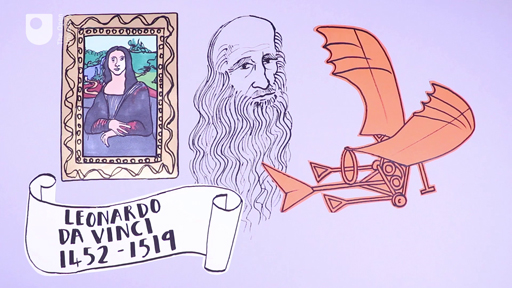3 The evolution of interdisciplinary approaches
It can be helpful to understand the long-standing place in history that interdisciplinary studies have. Throughout history, there have been several well-known individuals who have applied a multi-subject approach to their work. For example, the following animation features a few famous people throughout history who have been involved with interdisciplinary study, from Greek philosopherslike Plato and Aristotle, to Abu Rayhan Al-Biruni, a Persian polymath regarded as one of the greatest scholars of the mediaeval Islamic era.

Transcript: Interdisciplinarity through history
Historically, some argue that the term ‘interdisciplinary’ dates right back to the ideas of Greek philosophers, such as Plato and Aristotle, who have been associated with the term ‘interdisciplinary thinkers’. Others say that it is from the twentieth century, borne from educational reforms, research and the transfer of knowledge across subject boundaries.
Interdisciplinarity in the twentieth century is thought to have emerged from the social sciences and the many problems following the end of the First World War. It is argued that understanding post-war problems, such as population shifts, housing, social welfare, war, labour and crime, needed to be addressed by a range of different disciplines, rather than through the lens of just one, to work towards the ‘unity of knowledge’.
In 1959, the novelist C. P. Snow delivered an influential lecture titled The Two Cultures and the Scientific Revolution at the University of Cambridge. Snow argued that ‘the intellectual life of the whole of western society’ was split into two cultures – the sciences and the humanities – and that this was a major hindrance to solving the world’s problems. Snow argued that practitioners in both areas should instead build bridges to further the progress of human knowledge and to benefit society.
At a similar time, the mid-twentieth century saw the introduction of ‘general education’, which shaped the way interdisciplinarity is viewed today (Klein, 1990). However, in the UK, it is sometimes argued that children are required to specialise from a relatively early age. In contrast, some countries allow students to continue studying in an interdisciplinary way throughout their compulsory education. For example, some schools in Finland have included teaching subjects in the context of broader, cross-cutting topics or themes, such as food safety and climate change.
In the following section, you will begin to explore why it can be important to apply different disciplinary learning to a variety of topics.
